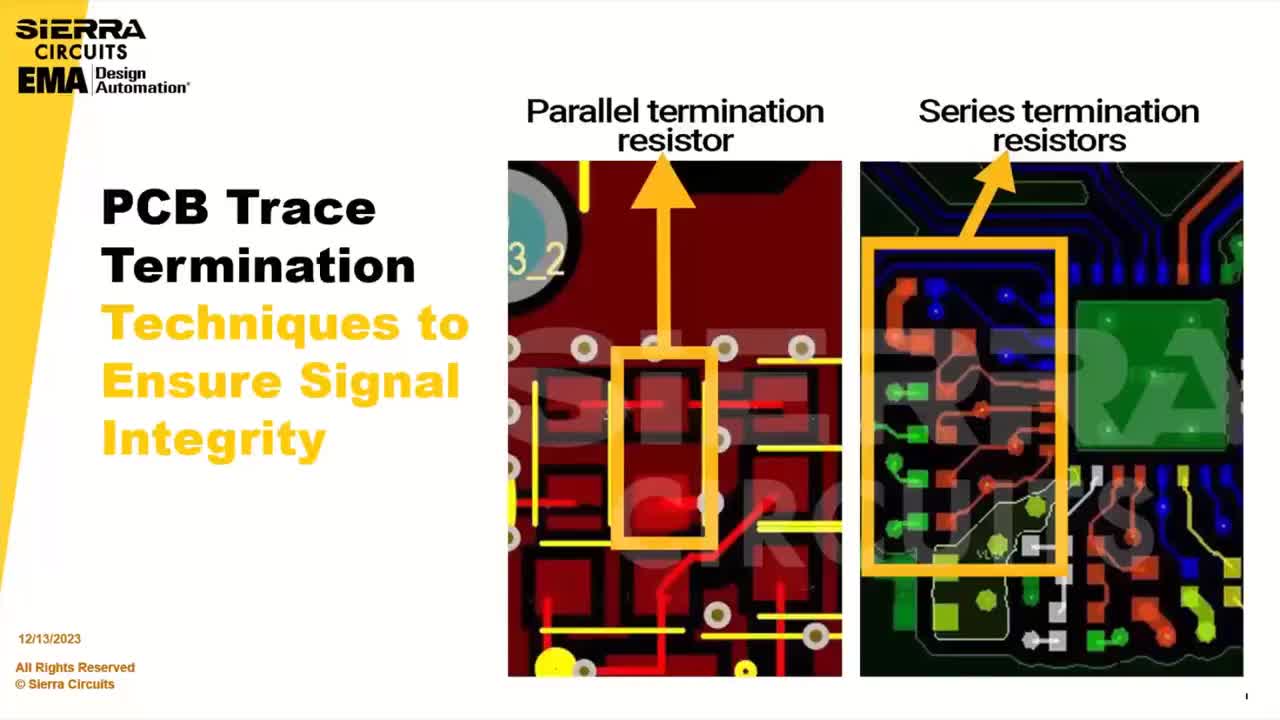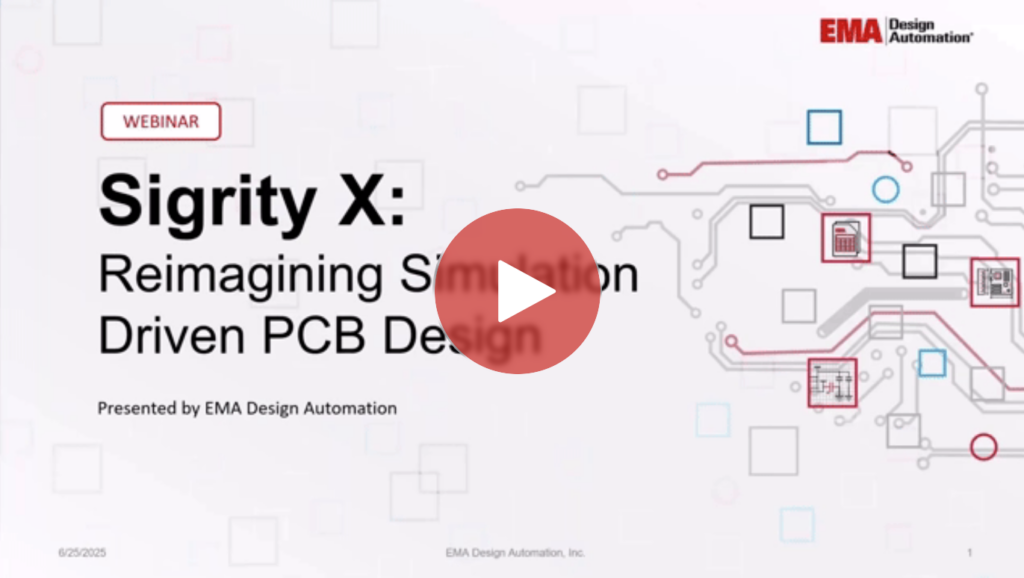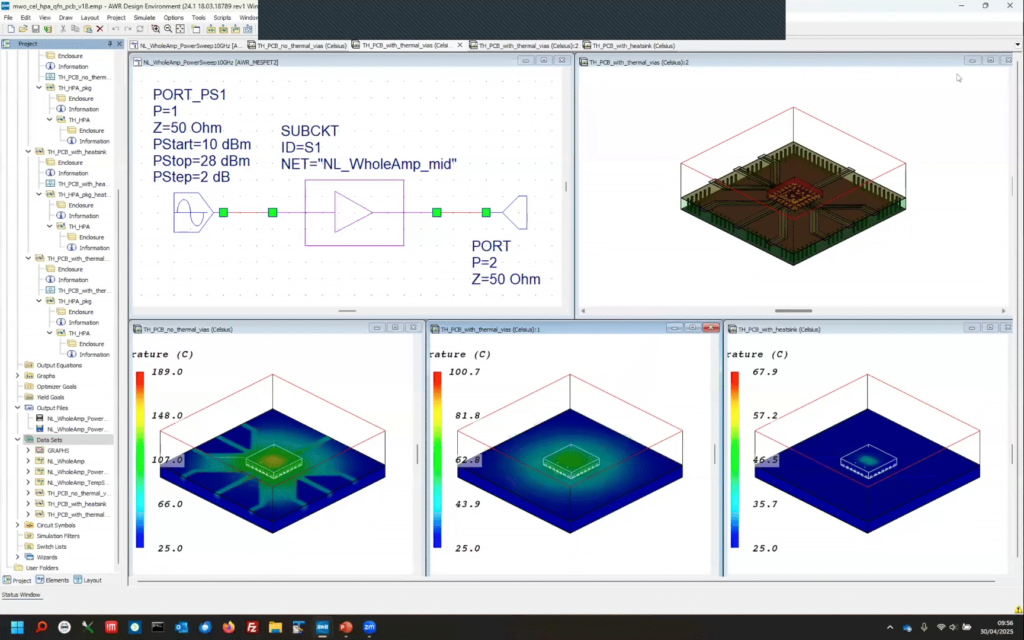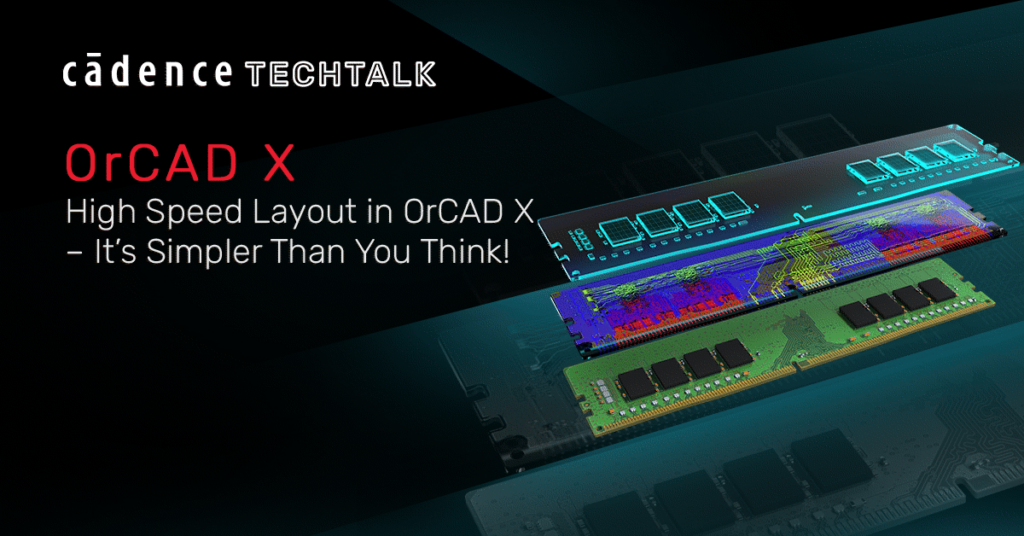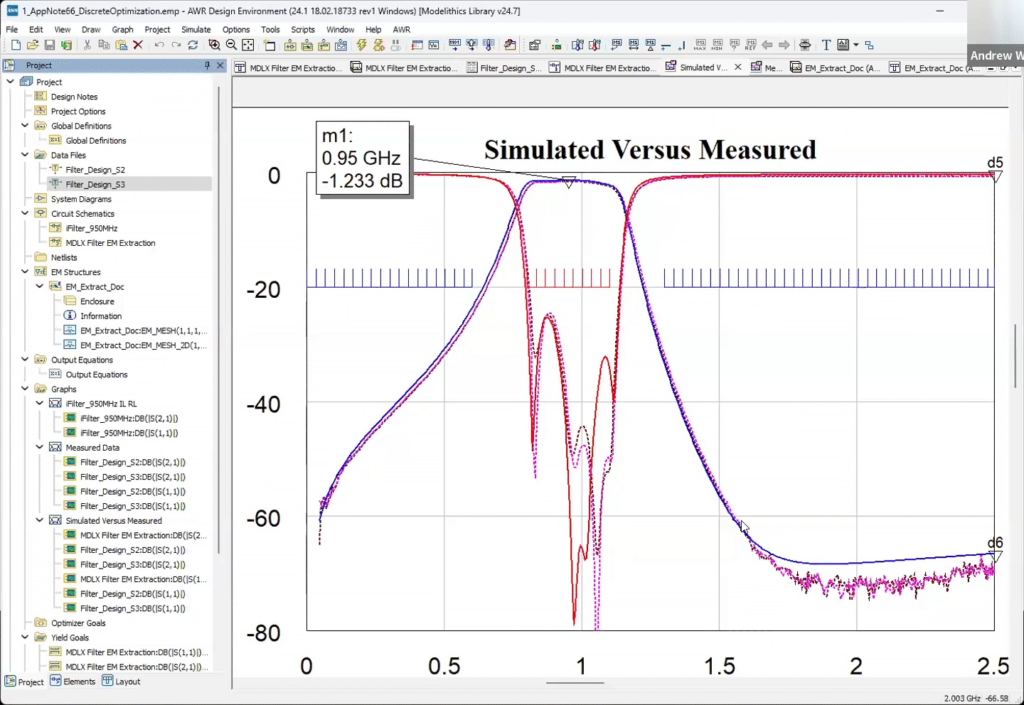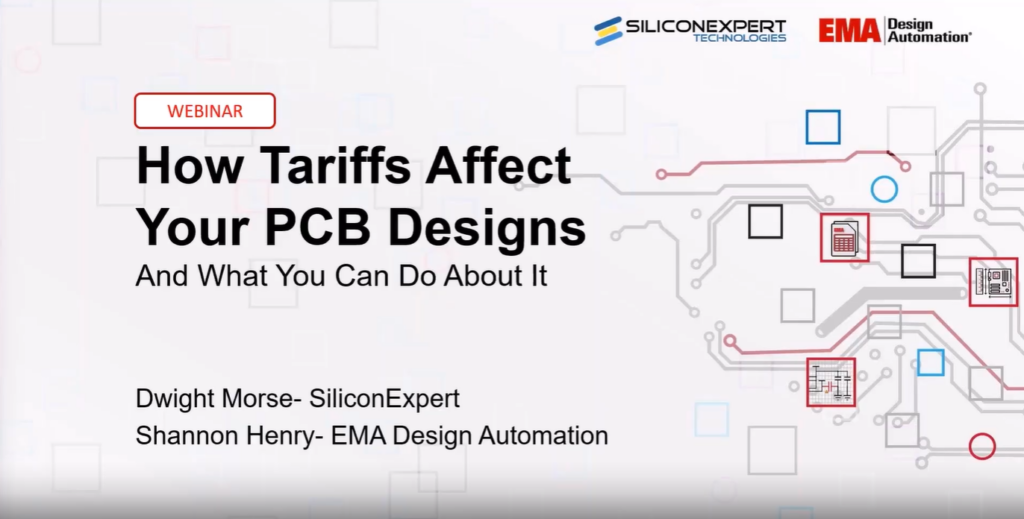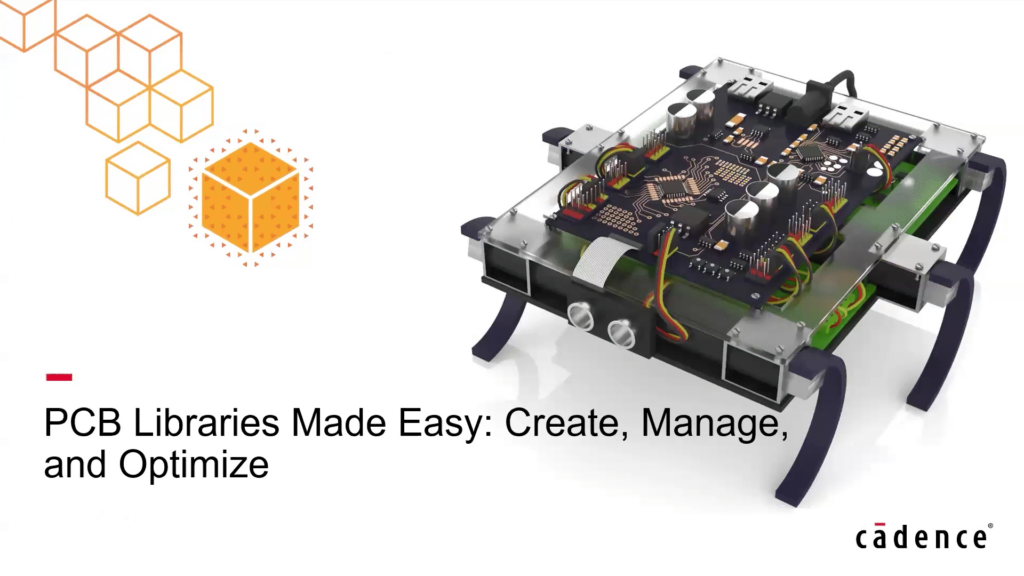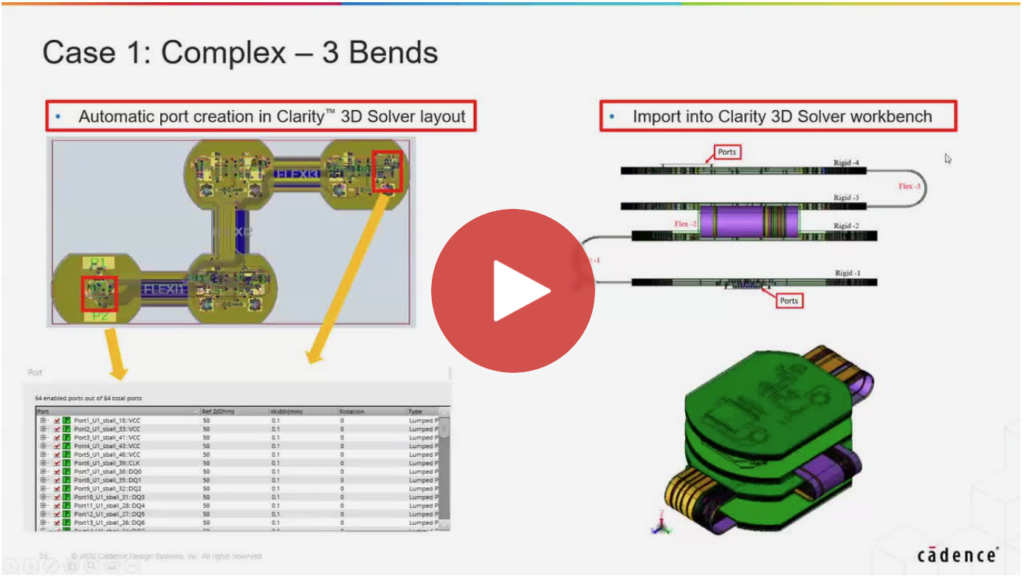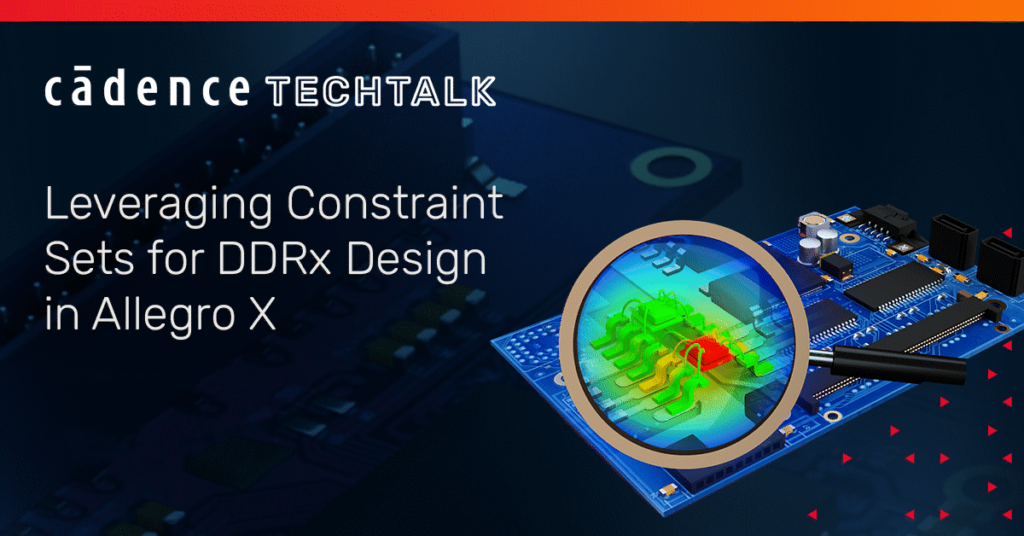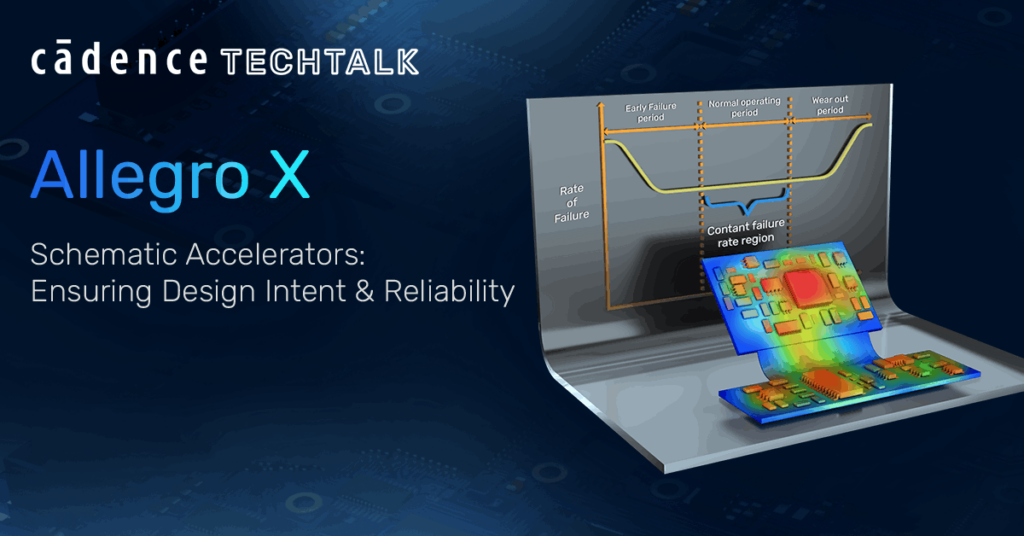As signal frequencies and speeds increase the potential for unwanted noise, distortion, and reflections are becoming commonplace. Fortunately, there are well defined methodologies to help mitigate these issues in your designs. In the case of reflections implementing a trace termination strategy will help you avoid this unwanted noise that can cause issues for consistent and steady data transfer.
Join the PCB experts at EMA Design Automation and Sierra Circuits as they go through PCB trace termination strategies, their pros and cons, and how you can leverage your CAD tools to help you implement the perfect termination routing scheme for your designs.
What You Will Learn:
- Role of termination routing in reducing signal reflection, ringing, and overshoot.
- How to place termination resistors using termination techniques: series, parallel, Thevenin’s, AC, transformer, and bidirectional terminations.
- Difference between single-ended and differential terminations.
- How termination resistors contribute to propagation delay and steps to optimize tpd.
- Case study: Termination routing in multiple DDRs connected to an FPGA.
- How your CAD tools can help you automate and manage your signal termination strategies.
